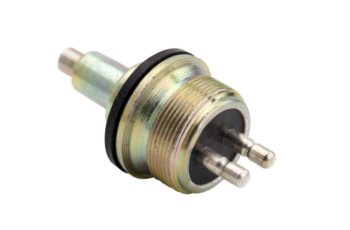Case Study on Thin Layer Potting of Automotive Sensor Chambers
With the continuous acceleration of automotive intelligence and electrification, the application of various sensors in automobiles is becoming increasingly widespread. The detection of multiple key parameters, including vehicle speed, temperature, pressure, and ambient light, relies on the stable operation and precise measurement of sensors. Sensors themselves usually require good protective measures to withstand external vibrations, temperature changes, moisture, and other environmental factors. Among them, thin-layer encapsulation technology, as a commonly used packaging method, can not only prevent dust, moisture, and shock, but also effectively protect internal components and improve the durability and reliability of sensors. Technical Challenges and Requirements AnalysisThere are several key challenges in the encapsulation process of automotive sensor cavities, including:Adhesive problems of multiple substratesAutomotive sensor chambers are typically made of materials such as PA66+30GF (polyamide 66 reinforced fiberglass) and stainless steel. There are significant differences in the physical and chemical properties between the two materials, which places extremely high demands on the adhesive performance of the glue. Traditional adhesives often have limitations in their bonding performance, as they cannot form a strong bonding interface with both plastic and metal, which may lead to delamination and leakage during long-term use.High airtightness requirementsAutomotive sensors face harsh conditions such as high temperature, low temperature, and pressure changes from the external environment during long-term operation, and it is necessary to ensure that the sealed cavity has good airtightness. According to the process requirements, the airtightness test needs to reach 35KP, which puts higher demands on the sealing performance and environmental resistance of the adhesive.Depth control of thin-layer sealingDue to the sealing depth of only 3mm, the adhesive needs to have moderate fluidity and viscosity during the sealing process, which can ensure uniform filling and prevent overflow or bubble phenomenon caused by overcurrent. Traditional adhesives often struggle to meet both fluidity and…


